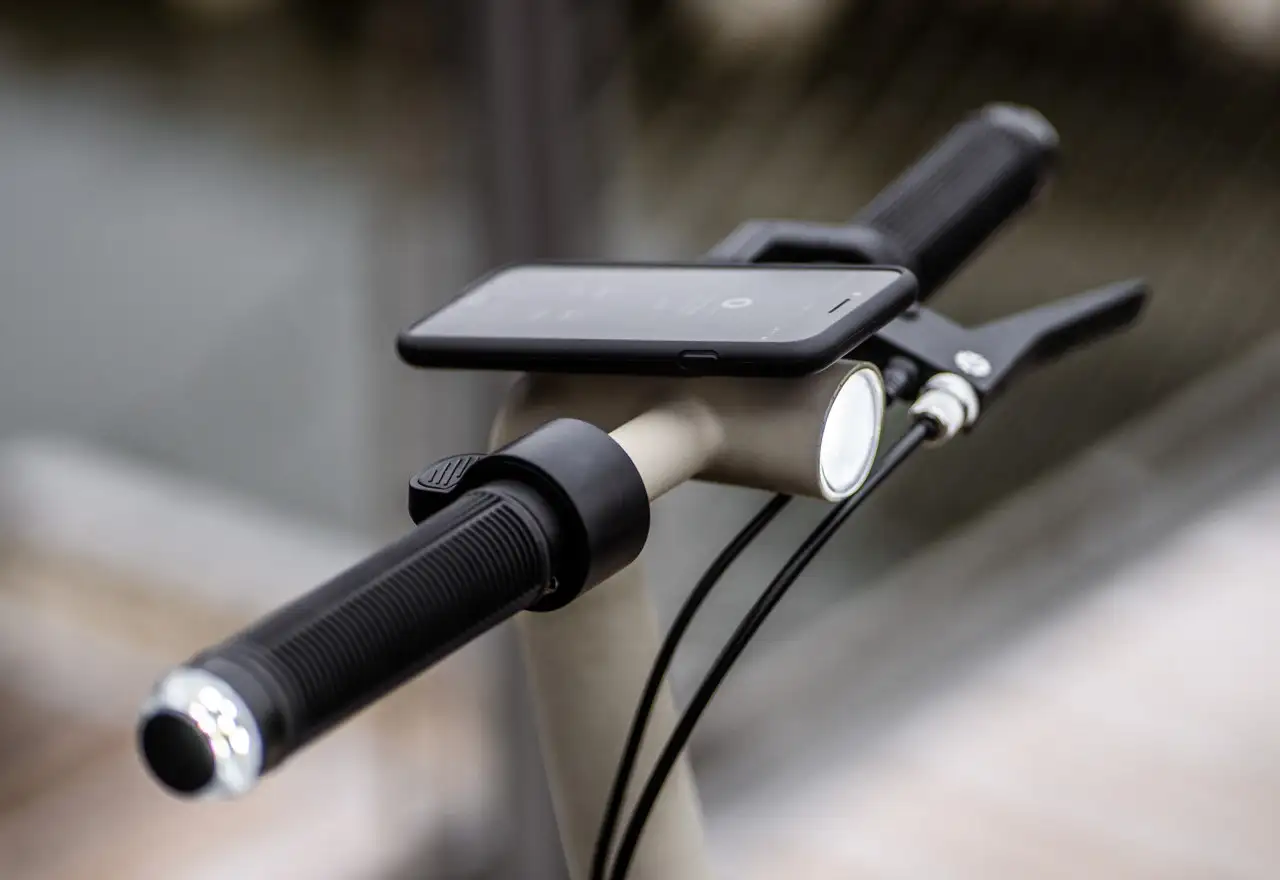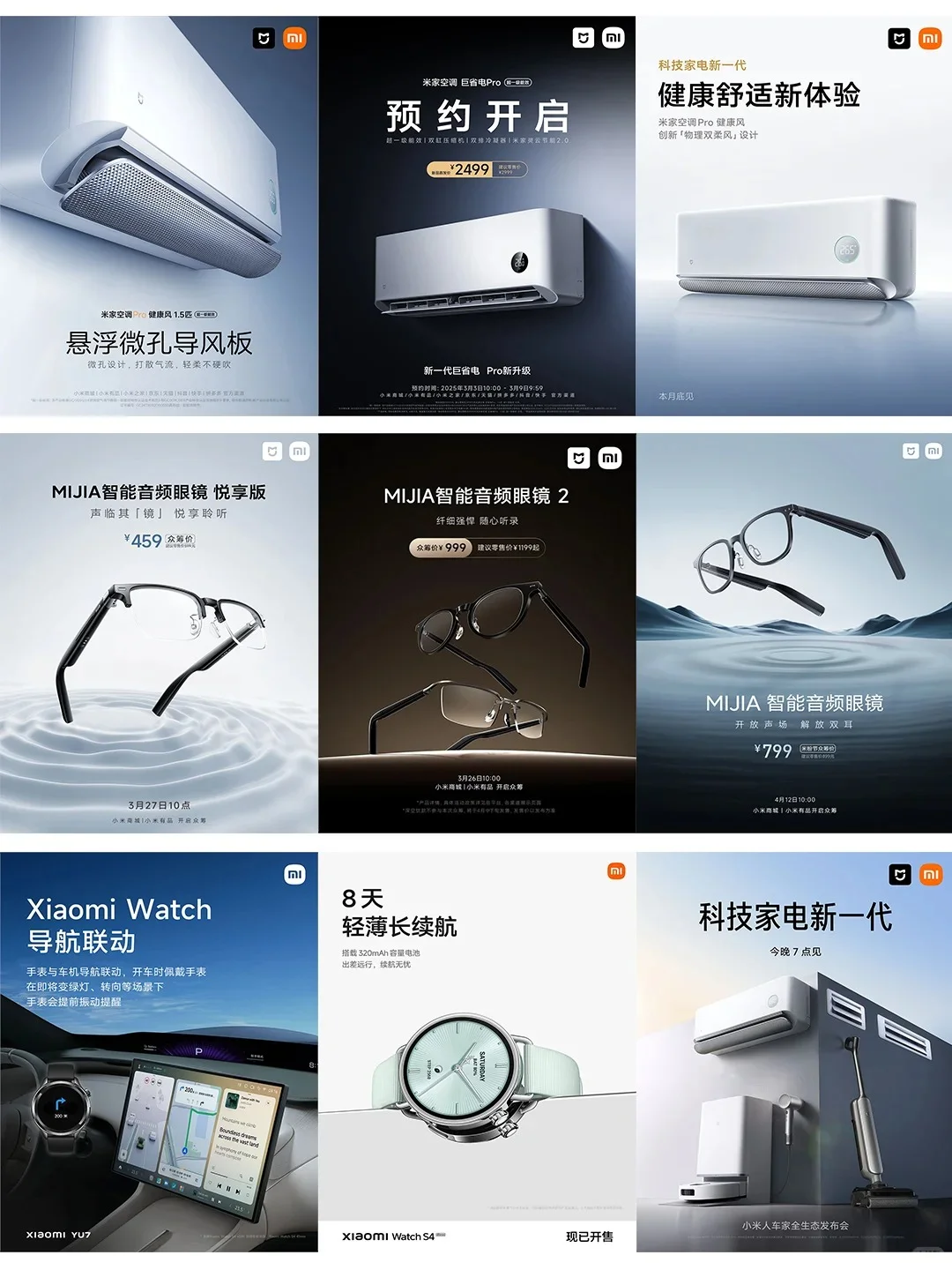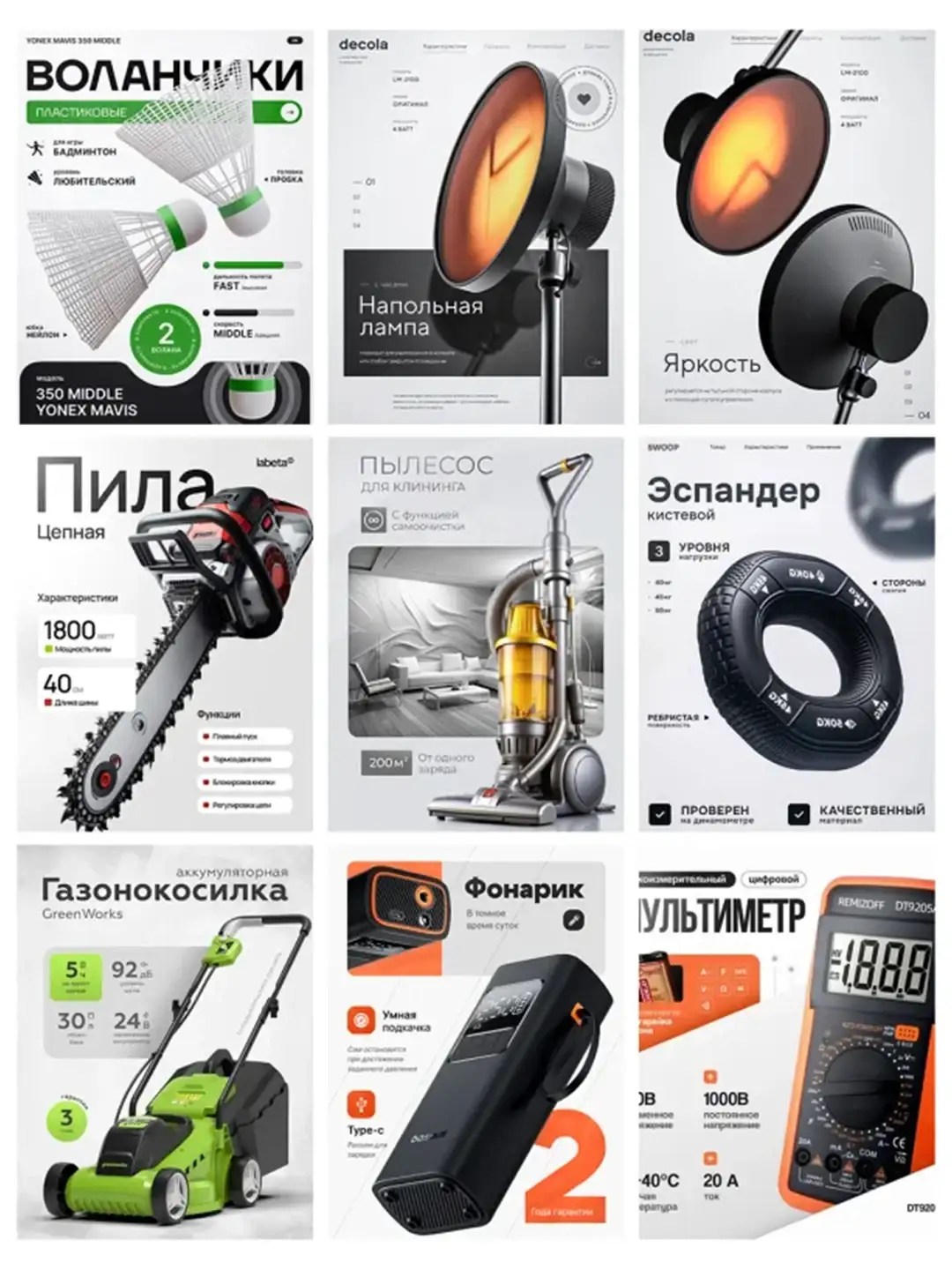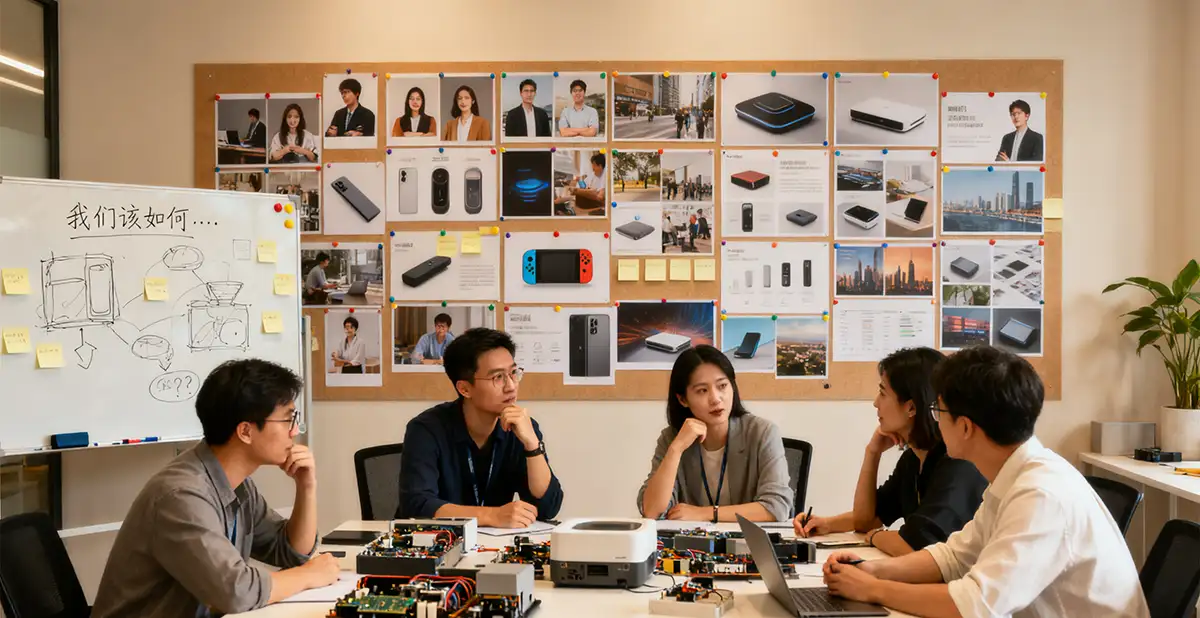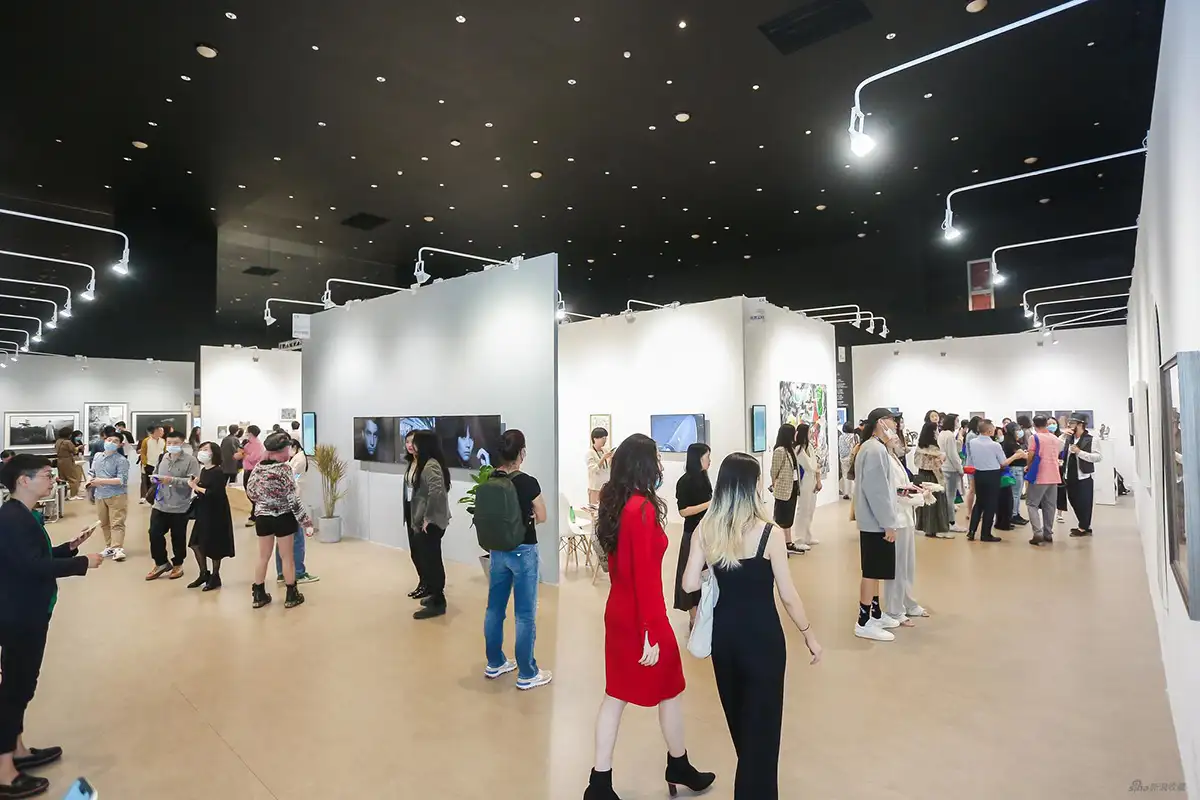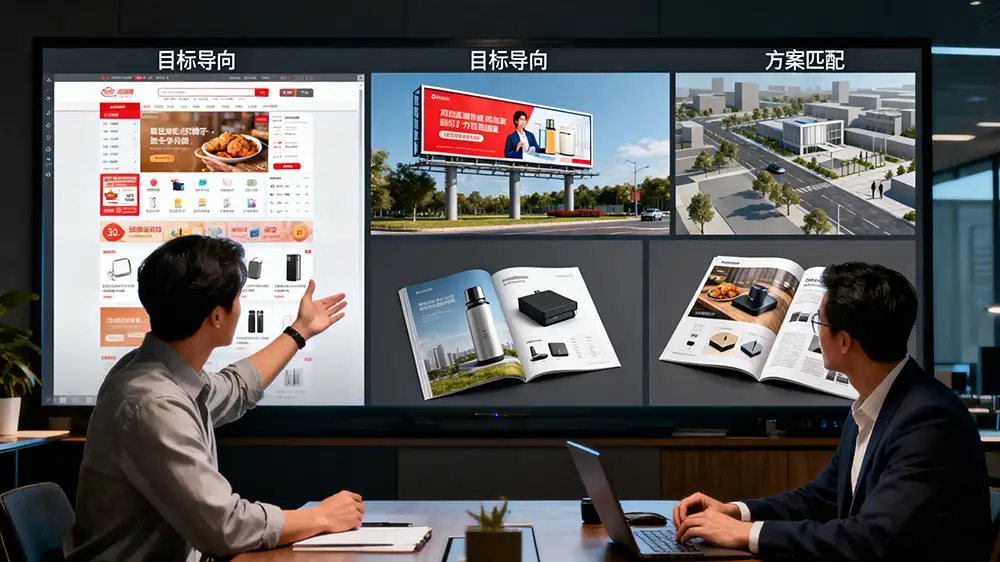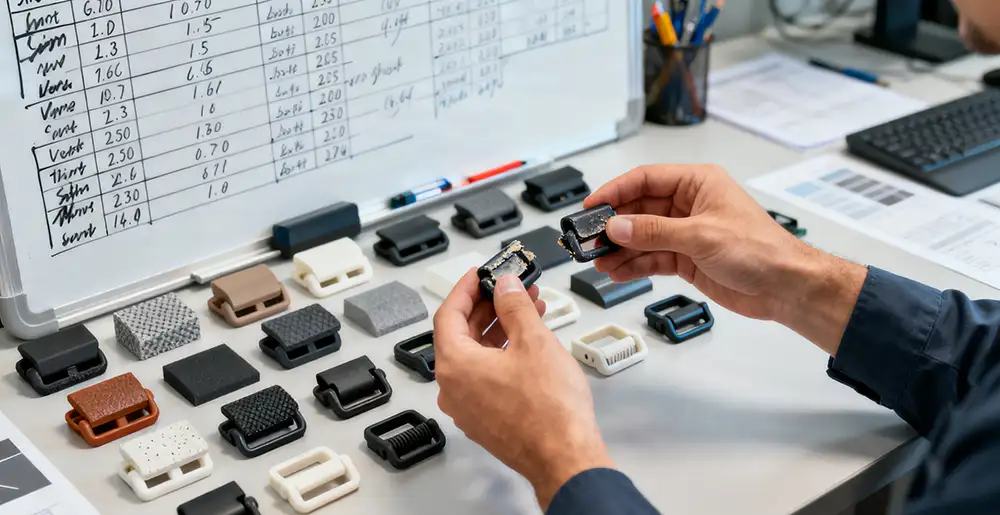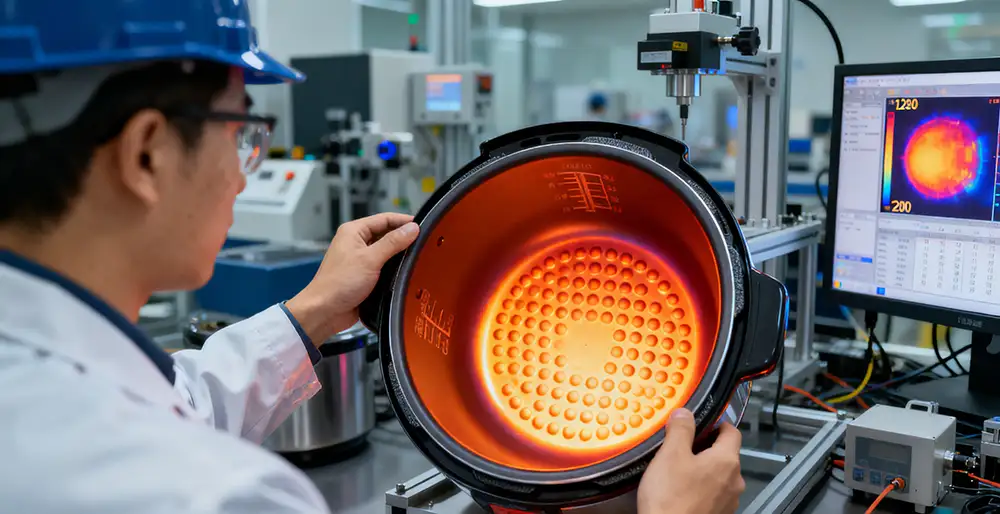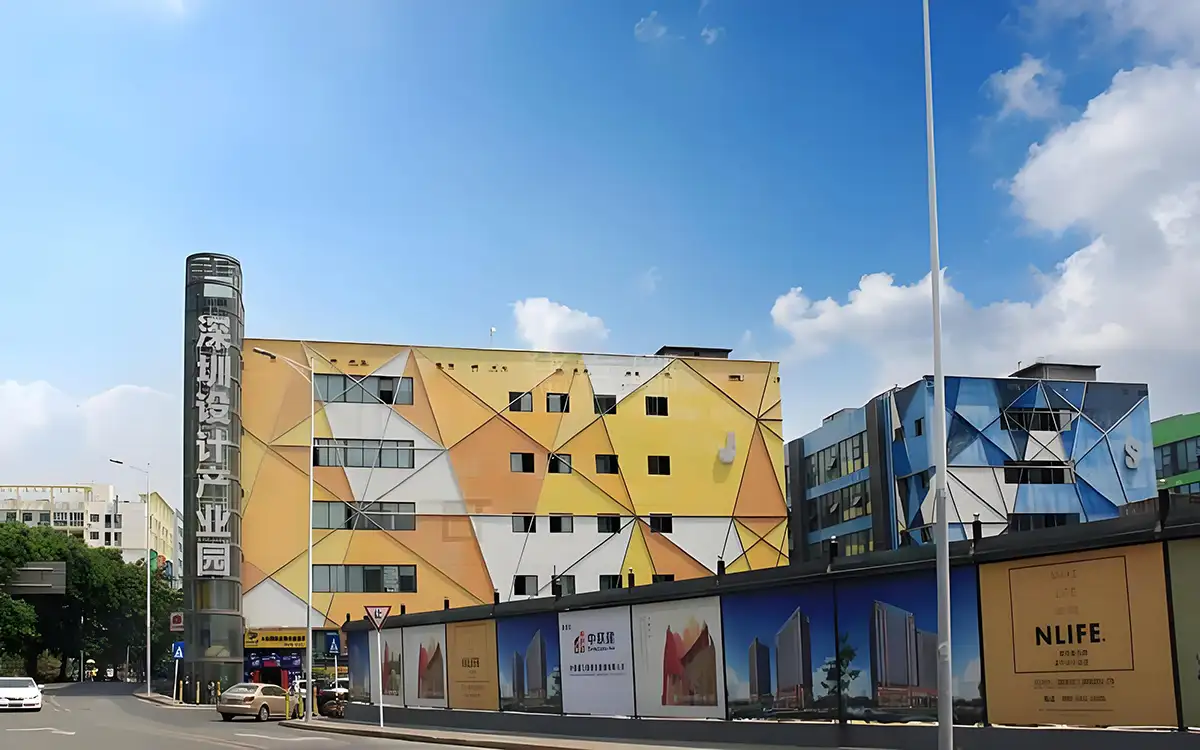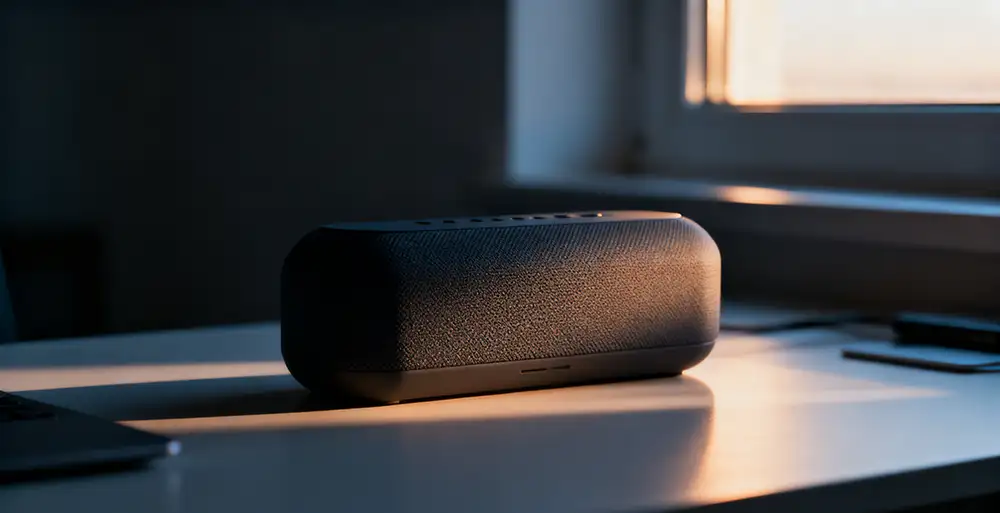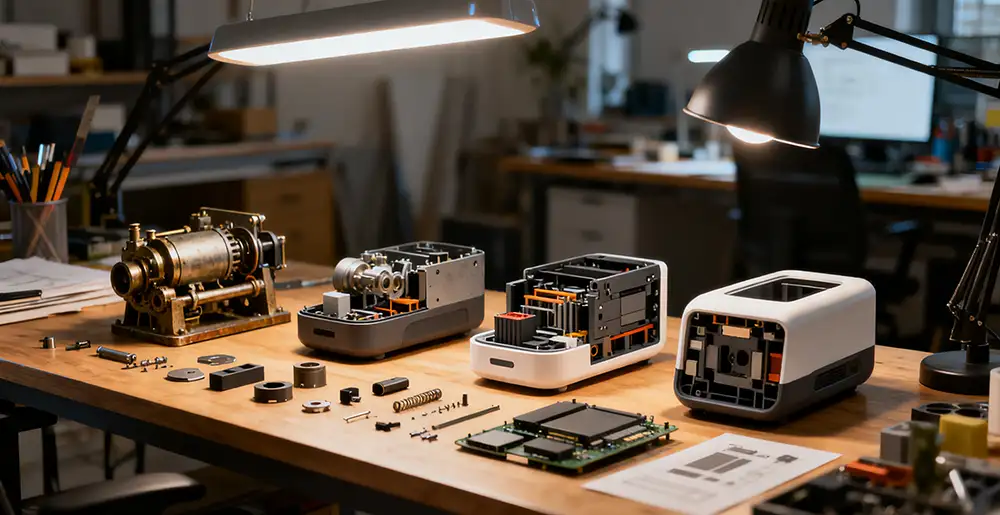NINEIDEA:提升工业设计审美能力是一个长期的过程,但通过一些有针对性的方法,可以帮助新人在短期内取得明显的进步。分享一些快速提升这一块能力的简单有效的方法:
大量欣赏优秀作品
明确欣赏方向:专注于工业设计领域的经典作品和前沿设计,包括各类获得国际设计大奖(如红点奖、iF 奖等)的产品,这些作品代表了当下工业设计的较高水平和流行趋势。
拓宽欣赏范围:除了关注同类型产品的设计,还应广泛涉猎不同领域的工业设计,如电子产品、家具、交通工具、医疗器械等。不同领域的设计有着各自独特的设计语言和解决问题的思路,可以启发新人从多个角度思考设计问题。
分析作品细节:在欣赏作品时,不仅仅是观察外观,更要深入分析其细节,如产品的形态、色彩搭配、材质运用、人机工程学设计以及整体的比例尺度等,思考设计师为什么这样设计,这样设计的目的和效果是什么。
学习设计理论知识
了解设计史:学习工业设计的发展历程,了解不同历史时期的设计风格、代表作品和设计思潮。通过对设计史的学习,可以把握设计发展的脉络,明白当下设计风格形成的原因和背景,从而更好地理解现代工业设计的内涵和趋势。
掌握设计原则:深入学习和理解工业设计的基本原则,如对称与平衡、对比与协调、节奏与韵律、比例与尺度等。这些原则是评判一个设计是否合理、美观的重要依据,新人在欣赏和实践设计时,要将这些原则作为分析和创作的指导。
关注设计趋势:关注当下工业设计领域的流行趋势和发展方向,如可持续设计、智能化设计、体验设计等。了解这些趋势可以帮助新人在设计过程中更好地把握市场需求和用户期望,使设计作品更具时代感和竞争力。
参加设计活动和展览
参加设计讲座和研讨会:积极参加各类设计讲座、研讨会和工作坊,与行业内的专家、设计师进行交流和互动。在这些活动中,新人可以了解到最新的设计理念、技术和方法,学习到设计师们的实践经验和创新思维方式。
参观设计展览和博物馆:参观各类工业设计展览、博物馆以及设计周活动等,近距离观察和感受优秀的设计作品。在展览现场,新人可以更直观地体验产品的细节、材质和工艺,同时还可以了解到不同设计师的设计思路和创意来源。
参与设计竞赛:参加工业设计竞赛是提升审美能力和设计水平的有效途径。在竞赛过程中,新人需要根据竞赛主题进行设计创作,这促使他们去思考和探索不同的设计方案,同时通过与其他参赛者的作品进行对比和交流,可以发现自己的不足之处,学习他人的优点,从而快速提升审美能力和设计水平。
培养观察和分析能力
日常观察与记录:养成随时随地观察周围环境和产品的习惯,留意身边各种产品的设计细节,如街头的公共设施、商场里的商品陈列、餐厅里的餐具等。将观察到的优秀设计元素或存在的设计问题记录下来,进行分析和总结,思考如何将这些元素运用到自己的设计中,或者如何改进存在问题的设计。
竞品分析:针对特定类型的产品,收集市场上的同类竞品进行详细分析。比较它们在外观设计、功能布局、用户体验等方面的优缺点,找出各自的独特卖点和差异化设计,从而明确该类产品的设计趋势和发展方向,为自己的设计提供参考和借鉴。
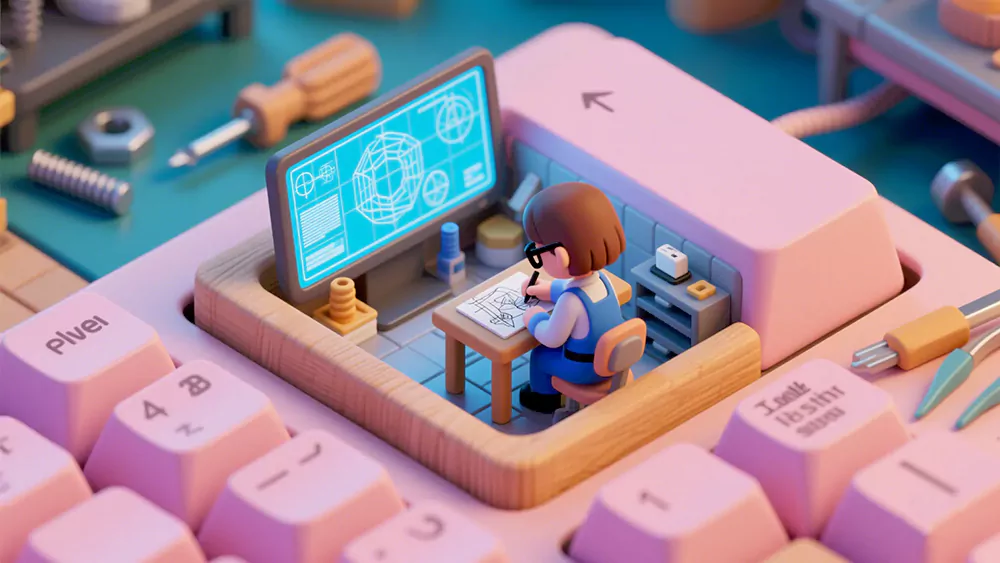
How to quickly improve the aesthetic ability of industrial design?
NINEIDEA:Improving the aesthetic ability of industrial design is a long-term process, but through targeted methods, newcomers can make significant progress in the short term. Share some simple and effective methods to quickly improve this ability:
Appreciate a large number of excellent works
Clear appreciation direction: Focusing on classic works and cutting-edge designs in the field of industrial design, including various products that have won international design awards (such as the Red Dot Award, iF Award, etc.), these works represent the high level and popular trends of current industrial design.
Expand the scope of appreciation: In addition to focusing on the design of similar products, one should also extensively explore industrial design in different fields, such as electronic products, furniture, transportation, medical equipment, etc. Different fields of design have their own unique design languages and problem-solving approaches, which can inspire newcomers to think about design problems from multiple perspectives.
Analyzing the details of a work: When appreciating a work, it is not only important to observe its appearance, but also to deeply analyze its details, such as the product’s form, color matching, material application, ergonomic design, and overall proportion scale. Consider why the designer designed it this way, and what the purpose and effect of such design are.
Learn design theory knowledge
Understand the history of design: Study the development process of industrial design, understand the design styles, representative works, and design trends of different historical periods. By studying the history of design, one can grasp the development of design, understand the reasons and background for the formation of current design styles, and thus better understand the connotation and trends of modern industrial design.
Mastering design principles: Deeply study and understand the basic principles of industrial design, such as symmetry and balance, contrast and coordination, rhythm and cadence, proportion and scale, etc. These principles are important criteria for evaluating whether a design is reasonable and aesthetically pleasing. Newcomers should use these principles as guidance for analysis and creation when appreciating and practicing design.
Focus on design trends: Pay attention to the current popular trends and development directions in the field of industrial design, such as sustainable design, intelligent design, experiential design, etc. Understanding these trends can help newcomers better grasp market demand and user expectations in the design process, making design works more contemporary and competitive.
Participate in design activities and exhibitions
Participate in design lectures and seminars: Actively participate in various design lectures, seminars, and workshops, and communicate and interact with experts and designers in the industry. In these activities, newcomers can learn about the latest design concepts, techniques, and methods, as well as gain practical experience and innovative thinking from designers.
Visit design exhibitions and museums: Visit various industrial design exhibitions, museums, and design week events to observe and experience excellent design works up close. At the exhibition site, newcomers can experience the details, materials, and craftsmanship of the products more intuitively, while also learning about the design ideas and creative sources of different designers.
Participating in design competitions: Participating in industrial design competitions is an effective way to enhance aesthetic ability and design level. During the competition, newcomers need to design and create according to the competition theme, which prompts them to think and explore different design schemes. At the same time, by comparing and communicating with the works of other contestants, they can discover their own shortcomings, learn from the strengths of others, and quickly improve their aesthetic ability and design level.
Developing observation and analytical skills
Daily observation and recording: Develop the habit of observing the surrounding environment and products anytime and anywhere, pay attention to the design details of various products around you, such as public facilities on the streets, product displays in shopping malls, tableware in restaurants, etc. Record the excellent design elements or existing design problems observed, analyze and summarize them, and think about how to apply these elements to one’s own design or how to improve the design with existing problems.
Competitive analysis: Collect detailed analysis of similar competitors in the market for specific types of products. Compare their advantages and disadvantages in terms of appearance design, functional layout, user experience, etc., identify their unique selling points and differentiated designs, and clarify the design trends and development directions of such products, providing reference and inspiration for one’s own design.










